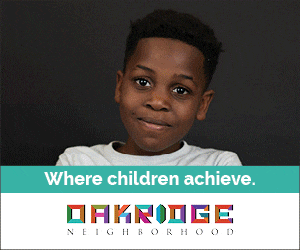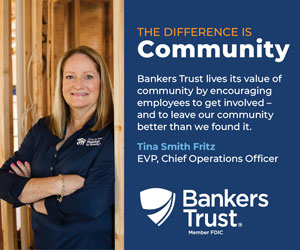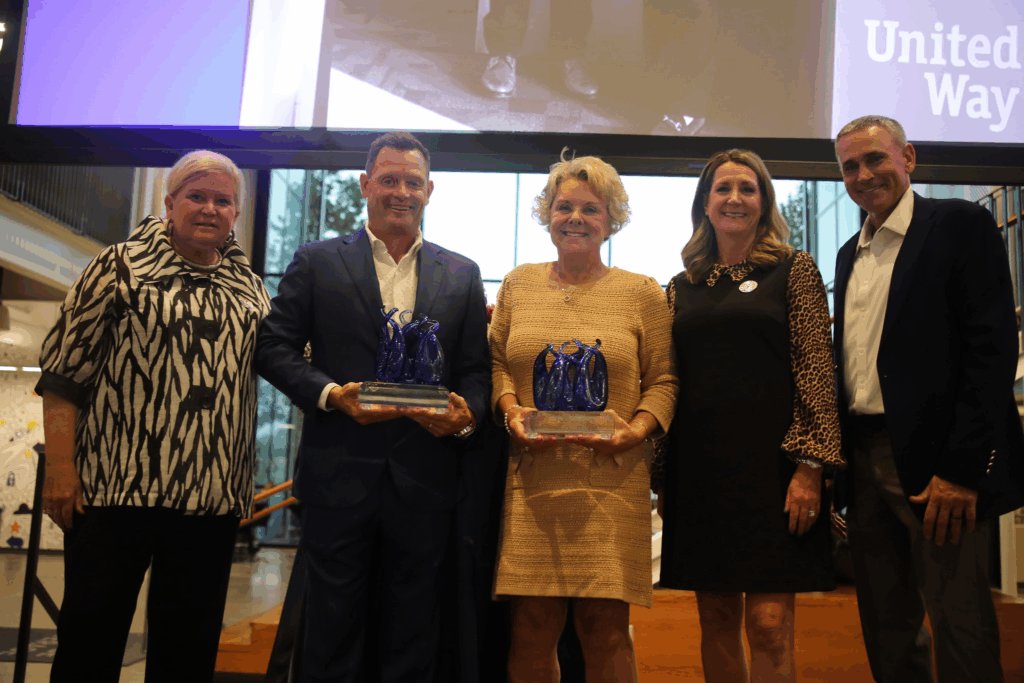United Way urges community to help kids read

BUSINESS RECORD STAFF May 3, 2016 | 4:11 pm
2 min read time
361 wordsAll Latest News, Arts and CultureUnited Way of Central Iowa is launching a grass-roots campaign to get Greater Des Moines residents to volunteer to help children learn to read — a key strategy in a communitywide plan to help more residents out of poverty.
The Read to Succeed program’s aim is that 90 percent of all students to be reading proficiently by the end of third grade by 2020. Currently only 75 percent of metro students are proficient by that point.
Third-grade reading proficiency is the most important predictor of high school graduation and success in later life. Children who read at grade level by third grade are four times more likely to graduate from high school, according to United Way, which is has been forming an anti-poverty coalition directed by goals set in the Central Iowa OpportUNITY Community Plan unveiled this spring.
According to the coalition, 35 of 100 Central Iowans live in poverty and education is one of the most successful strategies in poverty reduction.
U.S. Department of Labor figures indicate that adults who do not finish high school make an average of $472 a week, compared with $1,108 a week for college graduates. The national unemployment rate among high school dropouts is 11 percent, compared with 4 percent for college graduates.
“To mark United Way’s 100th year in Central Iowa, we carefully selected a campaign to inspire action toward an important issue that will pay dividends for the next 100 years, said United Way President Mary Sellers in a news release. “Read to Succeed will get everyone involved in reading to children and shine a bright light on the importance of reading.”
Elisabeth Buck, United Way chief community impact officer, said the program, builds on years of research and best practices in improving early grade reading skills. The Read to Succeed program will be based on volunteers reading to and mentoring children, a public service campaign, and a toolkit of resources for parents, caregivers and volunteers.
“We have a great opportunity to close the reading gap by focusing on four key areas: school readiness, parent and caregiver engagement, summer learning loss, and quality out-of-school programs,” she said.
For more information, click here.








